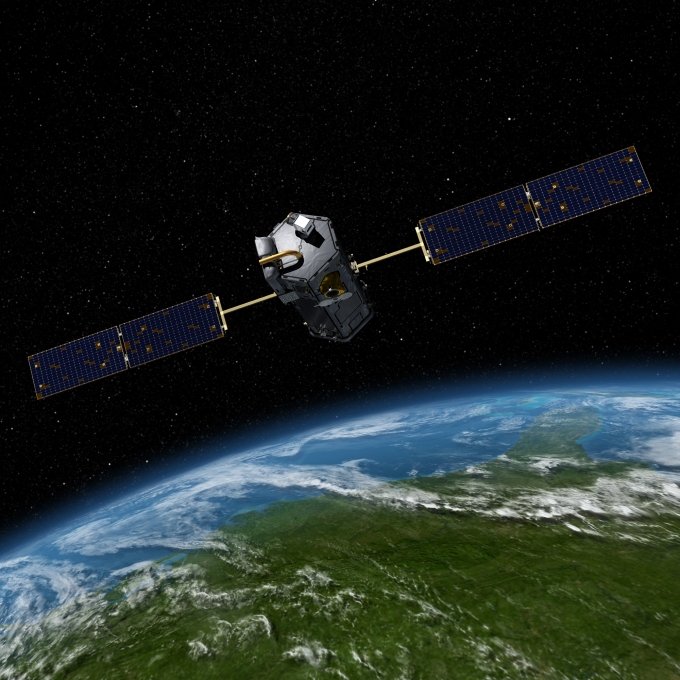From MICHIGAN TECHNOLOGICAL UNIVERSITY
Is it gonna blow? Measuring volcanic emissions from space
Late last month, a stratovolcano in Bali named Mount Agung began to smoke. Little earthquakes trembled beneath the mountain. Officials have since evacuated thousands of people to prevent what happened when Agung erupted in 1963, killing more than 1,000 people.
Before volcanoes erupt, there are often warning signs. Tiny earthquakes rarely felt by humans but sensed by seismographs emanate from the volcano. Plumes of water vapor rise from the crater. When the volcano begins to emit gases like carbon dioxide and sulfur dioxide, eruption may be imminent.
But getting close to the top of a volcano is dangerous work. Using remote sensing to detect rising carbon dioxide and sulfur dioxide emissions without endangering people or equipment would greatly increase human understanding of volcanoes. Remote sensing emissions could prevent humanitarian disasters–and false alarms.
Mount Agung hasn’t erupted yet (at…
View original post 835 more words
